With the rapid advancement of modern network technology, the QSFP28 Active Optical Cable (AOC) has become an essential component for high-speed data transmission. Whether in data centers, high-performance computing, or telecommunication networks, QSFP28 AOC is widely recognized for its excellent transmission performance and reliability. However, ensuring the compatibility and interoperability of these optical cables in practical applications can be challenging. As a professional optical communication product supplier, FiberLife understands this importance and is dedicated to providing the best solutions. This blog will explore the technical specifications of QSFP28 AOC, the importance of compatibility, the crucial role of interoperability, its technical advantages, and the challenges and solutions in practical applications. Let’s embark on this technical exploration journey together and discover how FiberLife’s professional support can enhance your network performance and reliability!
What is QSFP28 AOC?
The technical specifications of QSFP28 AOC determine its outstanding performance in high-speed data transmission. Firstly, QSFP28 AOC supports data transmission rates of up to 100Gbps, making it suitable for applications requiring high bandwidth. Its interface type is typically QSFP28 standard, which ensures broad compatibility with various devices. Additionally, the transmission distance of QSFP28 AOC can generally reach several hundred meters or even longer, depending on the type of fiber and the environment of use. These technical parameters make QSFP28 AOC exceptional in data centers, high-performance computing, and telecommunication networks.
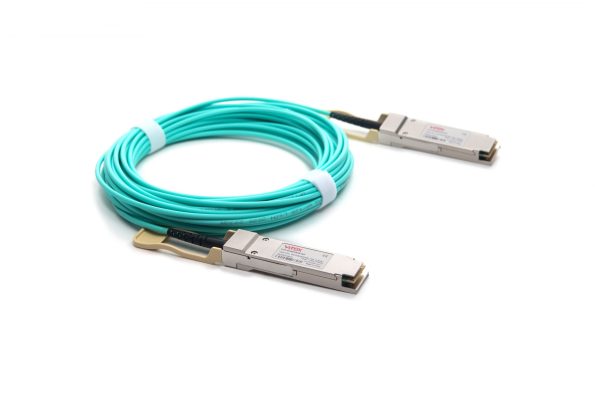
The Importance of Compatibility
In the design and deployment of network systems, compatibility is an indispensable factor. Compatibility means that devices can work seamlessly with each other, ensuring overall system stability and performance. For QSFP28 AOC, its compatibility primarily lies in the ability to work with different network devices, interface standards, and communication protocols. If devices are not compatible, it can lead to connection failures, decreased data transmission rates, and even system crashes. Therefore, selecting QSFP28 AOC with good compatibility is crucial. This not only ensures stable system operation but also reduces the complexity of maintenance and management, improving work efficiency. Manufacturers typically conduct rigorous compatibility testing during the design and production of QSFP28 AOC to ensure their products are compatible with most devices on the market. These tests include electrical compatibility, mechanical compatibility, and signal integrity testing.
The Crucial Role of Interoperability
Interoperability means that devices from different manufacturers can work together in the same network environment, achieving seamless connections and efficient communication. For QSFP28 AOC, interoperability means it can reliably connect with network devices of different brands and models. This is particularly important in multi-vendor environments, as modern data centers and networks often employ equipment and components from different suppliers. Achieving interoperability primarily relies on the application of standardized protocols and interfaces. These standardized protocols and interfaces ensure seamless communication between different devices, avoiding compatibility issues caused by protocol inconsistencies. To ensure interoperability, many manufacturers and industry organizations conduct cooperative testing and certification to verify the performance of their products in practical applications. These tests and certifications not only enhance product reliability but also increase user confidence in the products.
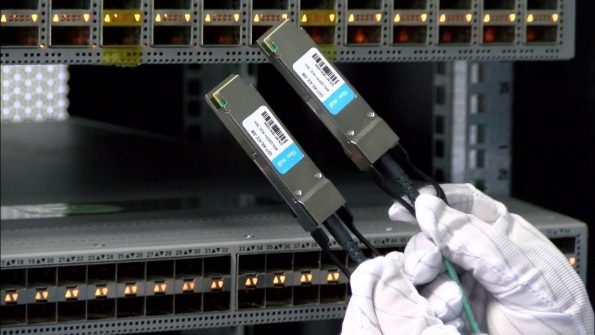
Technical Advantages of QSFP28 AOC
QSFP28 AOC has multiple technical advantages, making it outstanding in high-speed data transmission. Firstly, its high-performance transmission capability. QSFP28 AOC supports data transmission rates of up to 100Gbps, meeting the high bandwidth and high-speed requirements of modern data centers and high-performance computing. Additionally, QSFP28 AOC features low latency, which is crucial for applications requiring real-time data transmission. Secondly, energy efficiency and heat dissipation advantages. Compared to traditional copper cables, QSFP28 AOC has lower power consumption and better heat dissipation performance, making it more advantageous in high-density cabling environments. Good heat dissipation not only improves system reliability but also extends the lifespan of equipment. Furthermore, QSFP28 AOC has excellent durability and reliability. It is designed and manufactured using high-quality materials and advanced processes, enabling it to work stably over the long term in various complex and harsh environments. These technical advantages make QSFP28 AOC widely used and highly recognized in data centers, high-performance computing, and telecommunication networks.

Challenges and Solutions in Practical Applications of QSFP28 AOC
Despite the excellent performance of QSFP28 AOC in many aspects, some challenges may still arise in practical applications. Firstly, compatibility issues. In multi-vendor environments, compatibility issues between different devices and components can lead to system instability or performance degradation. To address this problem, choosing products that have undergone compatibility testing and certification can ensure system compatibility. Additionally, cooperating with suppliers to conduct compatibility testing in actual environments is also an effective solution. Secondly, interoperability issues. Ensuring interoperability between devices in multi-brand environments is crucial. Adopting standardized protocols and interfaces and conducting rigorous interoperability testing can effectively resolve this issue. Thirdly, installation and maintenance complexity. The installation and maintenance of QSFP28 AOC require professional technical knowledge and experience. To reduce this complexity, providing detailed installation and maintenance manuals and training professional technicians can improve installation and maintenance efficiency and quality.
Future Development Trends
With continuous technological progress and changing market demands, QSFP28 AOC will face more development opportunities and challenges in the future. Firstly, technological innovation. Future QSFP28 AOCs will continue to improve in terms of transmission rates, transmission distances, and energy efficiency to meet the growing network demands. For example, QSFP28 AOCs supporting higher bandwidth and lower latency will become market hotspots. Secondly, changes in market demand. As data centers and high-performance computing develop, the demand for high-performance and high-reliability QSFP28 AOCs will continue to grow. Additionally, with the popularization of emerging technologies such as 5G and the Internet of Things (IoT), the application prospects of QSFP28 AOCs in these new fields are also very broad. Lastly, standardization trends. The formulation and promotion of industry standards will further drive the compatibility and interoperability of QSFP28 AOCs, enabling them to work more seamlessly in multi-vendor environments.
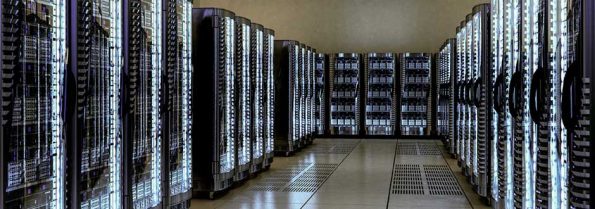
Conclusion and Recommendation
In conclusion, the detailed discussion of QSFP28 Active Optical Cable (AOC) highlights its critical role in high-speed data transmission. Whether in data centers, high-performance computing, or telecommunication networks, QSFP28 AOC excels in meeting the high-performance, reliability, and flexibility requirements of various fields. Choosing QSFP28 AOC with good compatibility and interoperability not only ensures stable system operation but also enhances work efficiency and reduces maintenance costs. With ongoing technological advancements and changing market demands, QSFP28 AOC will continue to evolve, providing better solutions for various network applications.
FiberLife’s Active Optical Cables (AOC) are high-performance transceiver products permanently embedded with optical fibers at both ends, suitable for applications requiring predictable and consistent link distances. Our AOC products support data rates of up to 100Gb/s and link distances of up to 100 meters, making them ideal replacements for traditional copper cables, offering better signal integrity and lower bit error rates. They are suitable for applications such as LAN, Ethernet, InfiniBand, OmniPath, and proprietary interconnect networks.
FiberLife’s AOC components are designed for 10/40/100Gb Ethernet applications, providing superior electromagnetic interference resistance and longer transmission distances. If you have any questions or requirements regarding AOC cables, please contact Sales@Fiber-Life.COM. Choose FiberLife’s QSFP28 AOC today to experience outstanding transmission speeds and stable performance, taking your network system to the next level!

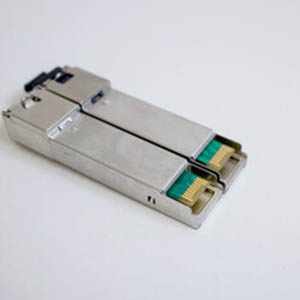
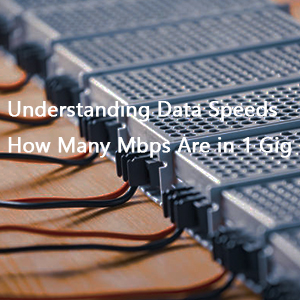
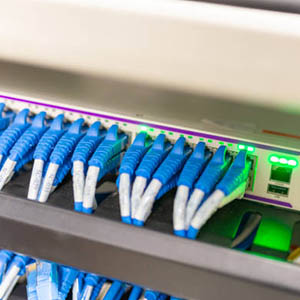
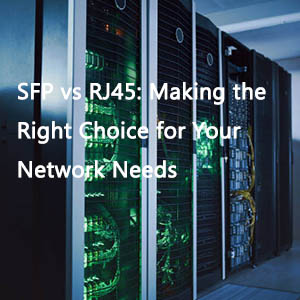

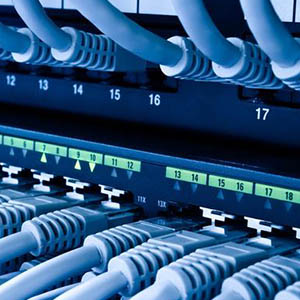


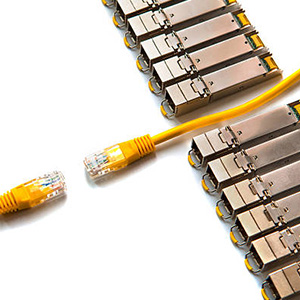

Pingback: Understand QSFP-DD vs QSFP28/QSFP56 Differences Between – eshop: Fiber-life.com